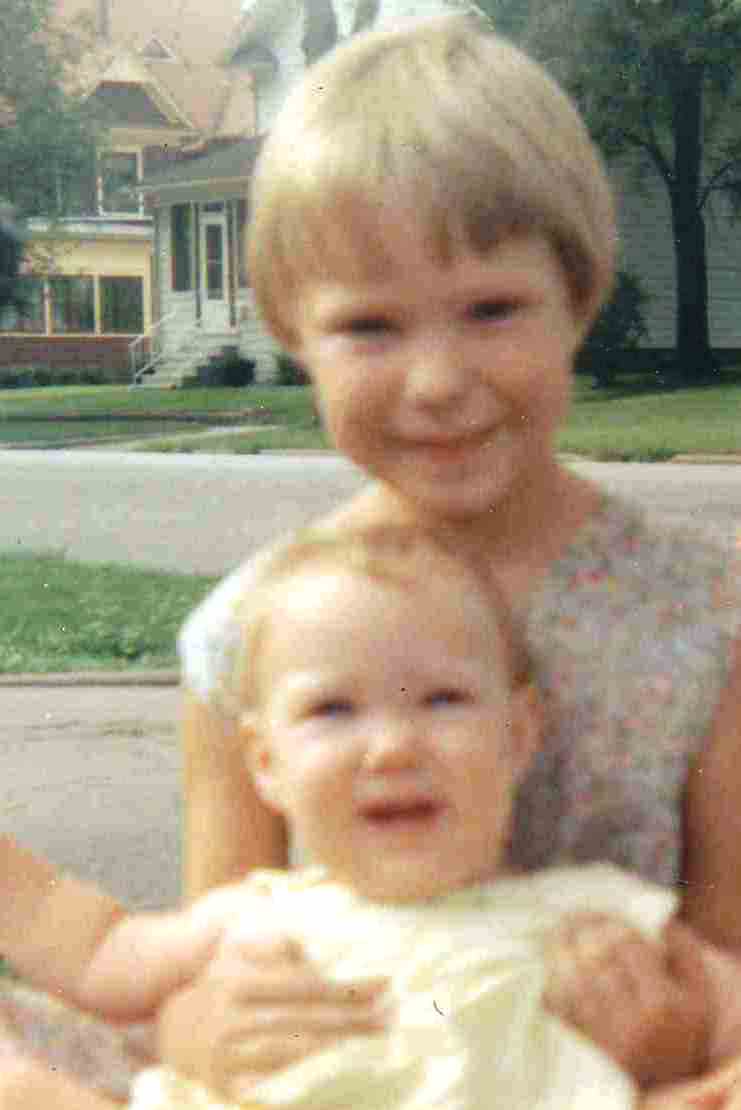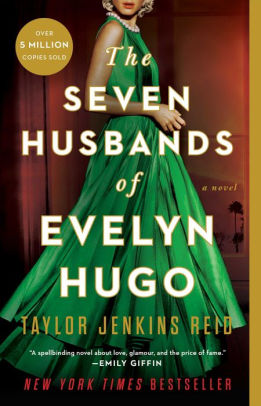
Two pages. That’s how far I got with Deborah Harkness’s A Discovery of Witches. Obviously, it’s a Failure to Launch record, and the book against which future FtL books will be measured.
I had been looking forward to reading this book, a 2011 New York Times bestseller. It’s apparently about a descendant of witches who, in the course of her scholarly research, finds an enchanted manuscript in the Oxford University library. All kinds of demons, witches, etc. descend upon the library as a result. There’s even a vampire, described on the back cover as “enigmatic,” so clearly he’s a love interest. (Maybe that should have been the first clue.)
Now, I’m a huge fan of fantasy, and I’m willing to put up with a lot for a rousing story: J.R.R. Tolkein’s mind-numbing descriptions of mountain scenery, Terry Brooks’s stilted prose. I even slogged my way through the Twilight series, so you know I have patience and stamina, with more than a touch of masochism.
But Twilight had something that A Discovery of Witches did not.
Good writing.
(Not really, but I thought I’d take a moment to give my sister a heart attack.)
No, both have bad, bad, bad writing, but when I read it, Twilight had gone viral, and I was spending a lot of time with middle-schoolers. I needed to read the book to understand why Edward was supposedly the perfect man. I hate that I felt that way, I resent the time I spent reading that WHOLE SERIES when I could have been reading something good, and I still don’t know why Edward was even in the running to be the perfect man. But I digress.
A Discovery of Witches may have been a New York Times bestseller, but it wasn’t culturally necessary enough for me to fight my way through the bad, bad, bad writing past page 2. Now, keep in mind, I’m a Midwesterner! I am full of optimism! I always think to myself, maybe if I just stick around for a bit, things will get better! So the writing had to be pretty bad.
Don’t take my word for it. Here’s what page 1 looks like:
“Dr. Bishop, your manuscripts are up,” he whispered, voice tinged with a touch of mischief.
Voice tinged with a touch of mischief? What does that MEAN?
“Thanks,” I said, flashing him a grateful smile….
He grinned back….The thin gold rims of his glasses sparked in the dim light provided by the old bronze reading lamp that was attached to a shelf.
There’s a lot of grinning going on. And unless the lamp is about to turn into a demon, I don’t care about the sparking of the glasses or the attachment to the shelf. (Actually, I was kind of tickled by the thought of the lamp turning into a demon, and then finding that it was attached to a shelf. But sadly, that didn’t seem to be in the cards.)
My smile widened.
More smiling? Did I mention that I’m a Midwesterner? We smile a lot, but we don’t dwell on it THIS much.
Sean looked at me shyly and tugged on the call slip, but it remained where it was, lodged between the cover and the first pages. “This one doesn’t want to let go,” he commented.
Maybe if he stopped looking at her shyly and looked down at the call slip, it would come out. And did we need to be told explicitly that he commented? Isn’t that what the quotation marks were for?
Muffled voices chattered in my ear, intruding on the familiar hush of the room.
“Did you hear that?” I looked around, puzzled by the strange sound.
“What?” Sean replied, looking up from the manuscript.
Wait! Wasn’t Sean looking at her shyly? When did he start looking down at the manuscript? And why are muffled voices a strange sound in a library? Did we even NEED the words, “puzzled by the strange sound”?
Okay, maybe you’re thinking that I’m being a little too harsh. Maybe I was in a bad mood that day, maybe I needed a nice soothing romance or a Jack Reacher novel to take the edge off. I had the same thought. After all, this is a New York Times bestseller! If that many people bought the book, I must be missing something—Twilight notwithstanding! Why, People magazine had called it “an irresistible tale”!
So I set it down and picked up a nice soothing romance, and the book sat on my bedside table for months, bookmarked on page 2.
But when I finally picked it up again, taking care to be in a forgiving mood, nothing had changed. There was still all of that smiling, and looking up without looking down, and sentences spoken with concerned frowns and prim disapproval and smothered sighs.
I opened the book randomly to other pages. Maybe things got better? After all, authors sometimes over-write the first few paragraphs, trying to make a good impression.
Things didn’t get better.
I lifted to my toes. He bent his head. Before our lips touched, a tray clattered on the table.
“That’s it; I’m outta here,” I remarked gruffly with a disappointed frown while stiffly flashing a look over my shoulder to my extreme right. The pale globe of the lamp on my bedside table taunted me with its jaunty brightness, contrasting with the dank darkness of my disenchantment.
And so A Discovery of Witches, Book One of the All Souls Trilogy, was moved to my Failure to Launch pile of shame, with a scrap-paper bookmark in permanent residence on page 2.
What’s in YOUR FtL pile?










